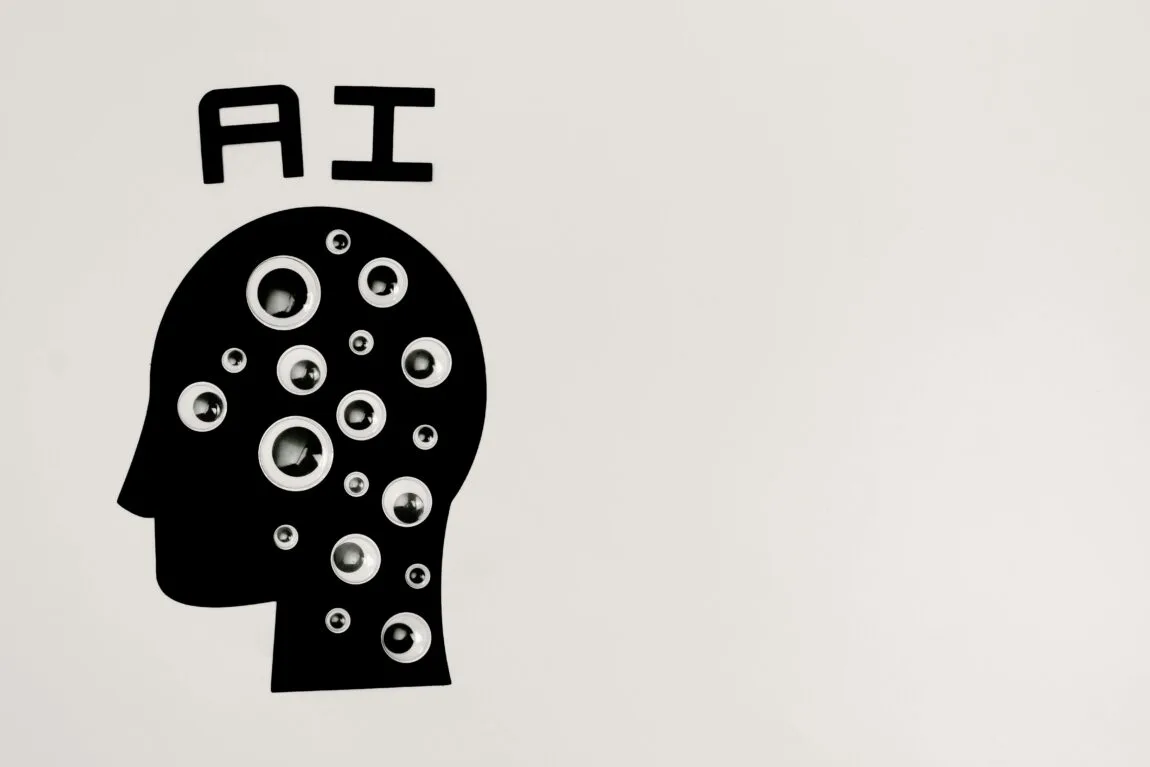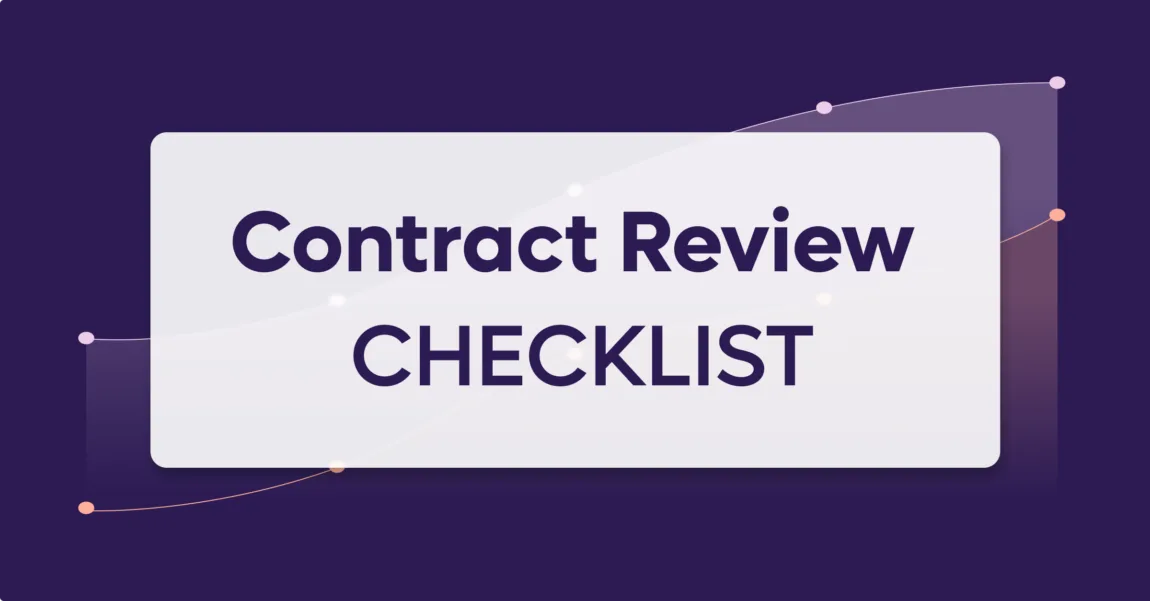Hiring new talent is an exciting time for any business, but before finalizing a new hire, it’s essential to examine the employment contract. These contracts are legally binding agreements that outline the terms of the working relationship—job responsibilities, salary, benefits, and termination clauses. Overlooking details in these documents can lead to misunderstandings, disputes, or legal challenges down the line.
We’ll show you how to review your employment contract and how to keep an eye out for possible risks and how to simplify complicated clauses. Most importantly, we’ll give you the confidence to ensure both parties understand the contract and scope. We’ll also introduce AI contract review software that can streamline your employment agreement review.
Whether you’re a small and medium-sized business owner, startup founder, or an HR staff member of a larger organization, understanding the ins and outs of an employment contract is a must. Here’s what to focus on and how technology can make the review process more manageable.
What is an employment contract?
An employment contract is a legally binding agreement that establishes the terms of the working relationship between an employer and an employee. It typically outlines job responsibilities, compensation, benefits, working hours, confidentiality requirements, and termination clauses. For employers, the contract serves as a foundation to set clear expectations and protect business interests.
A comprehensive employment contract review helps make sure that all terms are clear, fair, and compliant with labor laws. In a way, reviewing these agreements prevents potential legal disputes, safeguards sensitive information, and maintains a transparent working relationship between parties.
The goal of an employment agreement review
Conducting a thorough employment contract review is essential for employers to minimize risks and protect their business interests. Skipping this step or overlooking key details can lead to several challenges like costly disputes, compliance issues, and even damage to the company’s reputation.
Some of the most common pitfalls include vague or restrictive non-compete clauses, unclear termination terms, and inadequate compensation details. Some of these pitfalls include failing to define the scope of a non-compete clause, resulting in legal battles if the employee decides to join a competitor. Similarly, ambiguous termination terms may leave room for misunderstandings, leading to wrongful termination claims.
Ignoring these aspects can expose your business operations to significant risks, both legally and financially. A comprehensive review helps identify and address potential issues, ensuring that your employment agreements are robust, clear, and aligned with your company’s objectives.
Challenges in reviewing employment contracts
One of the main challenges lies in the intricate language often used in these contracts. Terms like “restrictive covenants,” “indemnification“, or “force majeure” can be difficult to interpret, making it easy to overlook critical details that could impact your business. Hidden clauses can also present another obstacle. Employment agreements sometimes contain provisions that may seem standard but have long-term implications, such as non-compete clauses, intellectual property rights, or confidentiality obligations.
Failing to review and understand these clauses can expose your business to unnecessary risks. Think of litigation or loss of proprietary information. Lastly, employment laws vary across regions and industries, adding another layer of complexity to the employment agreement review process. It’s critical that your contracts comply with labor regulations to avoid legal pitfalls and maintain a fair working relationship.
Tips for an effective employment contract review
Having a checklist to review employment contracts makes the process a lot easier. Here’s a rundown of the main areas to focus on so you don’t miss a thing:
Job responsibilities. Spell out the role and duties in simple terms. This sets the stage right from the start and gives you a reference if any confusion pops up. Clear responsibilities mean fewer headaches later.
Compensation and benefits. Make sure salary, bonuses, and benefits are laid out clearly. Include the details about overtime, health perks, and retirement plans to avoid any awkward conversations later.
Termination clauses. This is the not-so-fun part, but it’s worth paying close attention to. Look at the conditions for ending the employment contract, like notice periods and severance packages.
Confidentiality agreements. If your new hire is going to be dealing with sensitive info, make sure those confidentiality clauses are tight. This keeps your trade secrets safe and prevents any potential leaks.
Non-compete and non-solicitation clauses. Protecting your business is key, so check if you need these clauses. Just make sure they’re reasonable—too strict, and you might run into legal pushback.
Dispute resolution mechanisms. It’s good to have a plan if disagreements arise. Including mediation or arbitration clauses can make resolving conflicts smoother and help avoid messy legal battles.
AI’s presence in employment contract review processes

Let’s face it—reviewing employment contracts can be tedious and time-consuming. That’s where technology steps in to make life a whole lot easier. Enter AI contract review software. This nifty tool is changing the game by taking some of the heavy lifting off your plate. Instead of squinting at pages of legal jargon, AI scans the contract for you to pinpoint clauses, potential red flags, and any discrepancies.
From sneaky non-compete clauses to those pesky confidentiality terms that need an extra look, AI breaks it all down in minutes. It even checks for compliance with local regulations, so you’re not left wondering if you missed something important. What’s more, this software learns as it goes. The more contracts it reviews, the better it gets at flagging tricky terms and hidden risks. This means you can trust it to catch those “small print” details that are easy to overlook. It’s like having a legal expert by your side.
If you’re looking to simplify your contract reviews, AI contract review software might just be the solution. With AI on your side, you can focus on building a solid working relationship with your new hire.
What to do after an employment contract review
So, you’ve wrapped up the employment contract review—now what? Before you get that pen ready to sign, there are a few more steps to consider to ensure everything is squared away. First, if there are any terms that feel a bit murky or raise some questions, it’s worth seeking legal advice. Sometimes, even a simple phrase can have an impact, so it’s better to get a second opinion than to be caught off guard later.
Next up: negotiation. If something in the contract doesn’t align with what you discussed, don’t hesitate to bring it up. Whether it’s adjusting the job role, tweaking the compensation package, or reworking the non-compete clause, there’s usually some wiggle room. This is also the perfect time to review those confidentiality clauses—if you’re dealing with sensitive company info, make sure you’re covered.
For more on that, take a look at this NDA review to see what should be in place for solid protection. Once both sides are on the same page, it’s time to sign the agreement. Make sure you keep a copy for your records, and remember, a well-reviewed contract sets the tone for a transparent working relationship.
Setting the stage for successful hires
Reviewing employment contracts might not be the most glamorous part of hiring, but it’s one of the most important. Taking the time to break down the details—job responsibilities, benefits, confidentiality clauses, and more—sets the groundwork for a smooth working relationship. Clarity, trust, and a solid foundation are key to onboarding new team members, not just compliance.
Remember, you don’t have to go it alone. From traditional checklists to AI contract review software, there are tools out there designed to make this process faster and more accurate. These tools catch the fine print that can easily be overlooked and help ensure that every contract you put forward is balanced.
After you’ve gone through the review, don’t hesitate to reach out for legal advice if anything feels off. Negotiation is always on the table, so make sure both parties are happy before signing. That final signature is the start of a transparent and productive working relationship. So, keep your contract reviews thorough, your terms clear, and your working relationships built on mutual understanding.







By entering your email, you agree to our Terms & Conditions and Privacy Policy.